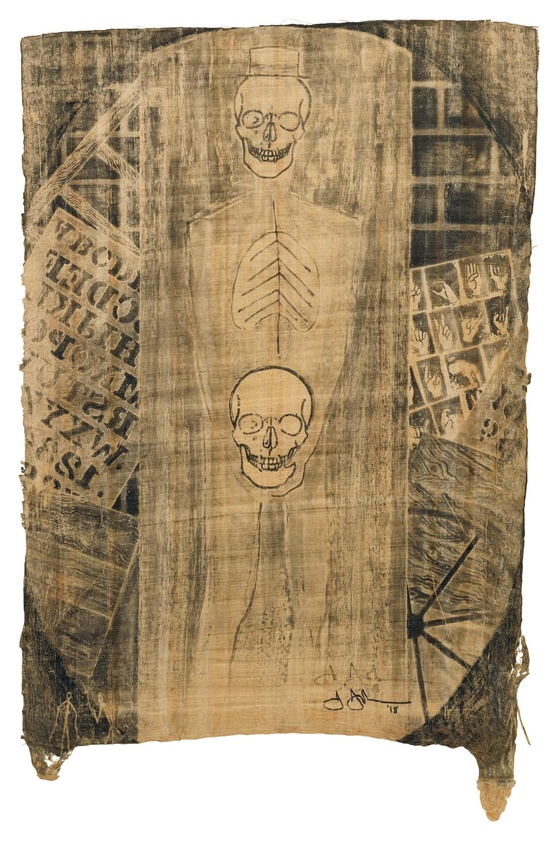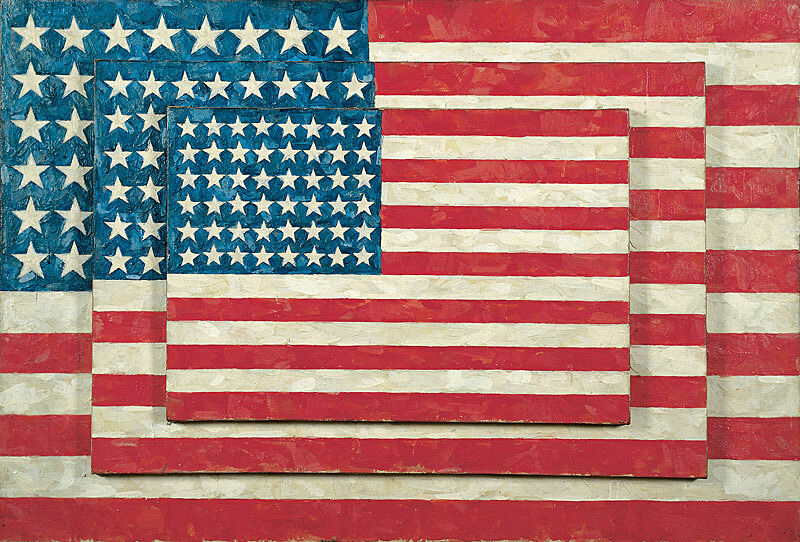Ugo Mulas photographs
Sept 24, 2021
0:00
Ugo Mulas photographs
0:00
Narrator: For this exhibition’s catalog, choreographer Ralph Lemon wrote an essay about Johns and the American South. Here, he reads a brief excerpt of that essay.
Ralph Lemon: Johns said that going to Edisto changed his life. (A temporary refuge, until his Edisto home and studio burned to the ground and Johns went back north.) Edisto Island, South Carolina was originally home to the Edisto people, a Native American subtribe of the Cusabo, who lived along the Atlantic coast in what is now South Carolina. The Spanish arrived in the sixteenth century, followed in the early seventeenth century by the English, who took over large tracts of land for rice, indigo, and cotton plantations. The Edisto people had disappeared by the early 1700s, and Edisto became a sea island slave culture. (The 1790 census reported a population of 223 whites and 1,692 black slaves; the 1860 census indicated 329 whites and 5,082 slaves.) After the Civil War, the planters/slavers abandoned the island but maintained ownership of large tracts of its land. Free black people created Geechee/Gullah communities, different from those on the mainland, and maintained them for a time. Since the twentieth century, the island has been redeveloped as a tourist destination with resorts. (In 2017 the island’s population was 96% white, 0.3% black).
I know little about Johns’s early life in the South. I do know that he was afforded the emphatic advantages of southern white primacy and black segregation. (This is not an indictment, just fact.) How extreme, pervasive, and visible it was. When I look at any Johns painting, with its complex layering, curated art history, masterful craft, and virtuosity, I find no traces of that southern world of Jim Crow in which he was born, grew up, and became (or unbecame) the man he is. How is that possible? Is it a purposeful cultural negation, amnesia, and/or an innocent ontological relationship to the South and its horrific legacy of slavery and all the other trauma that followed? Where in his work is the cultural body memory of the South that I know, grew up with (my mother’s shrieks), imagine? I would like to believe that the monster is there, if only in a color, surface texture, a geometrical rhythm. Because it is human for the body to hold, somewhere, the inescapable trauma of what happened there.


